Foundation Inspection Timing and Benefits
Foundation inspections are essential for maintaining structural integrity and identifying potential issues early. The timing of inspections can impact their effectiveness, especially considering seasonal and weather-related factors that influence foundation stability. Regular inspections help detect signs of shifting, cracking, or water intrusion, which can lead to costly repairs if left unaddressed.
Conduct an inspection after completing a new build to ensure the foundation is properly set and free of defects.
Inspect during spring and fall when soil movement is more likely due to moisture changes.
Perform inspections before and after heavy rains or droughts to assess foundation stability.
Regularly check if there are visible cracks or uneven floors indicating potential foundation issues.

Cracks can indicate shifting or settling, often more visible after seasonal soil movement.
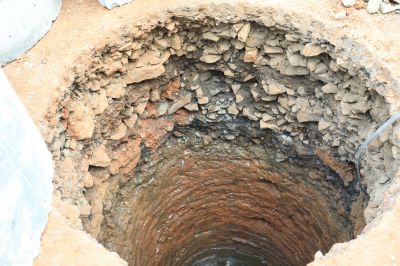
Moisture changes affect soil volume, impacting foundation stability.

A professional inspecting a foundation for signs of damage or movement.
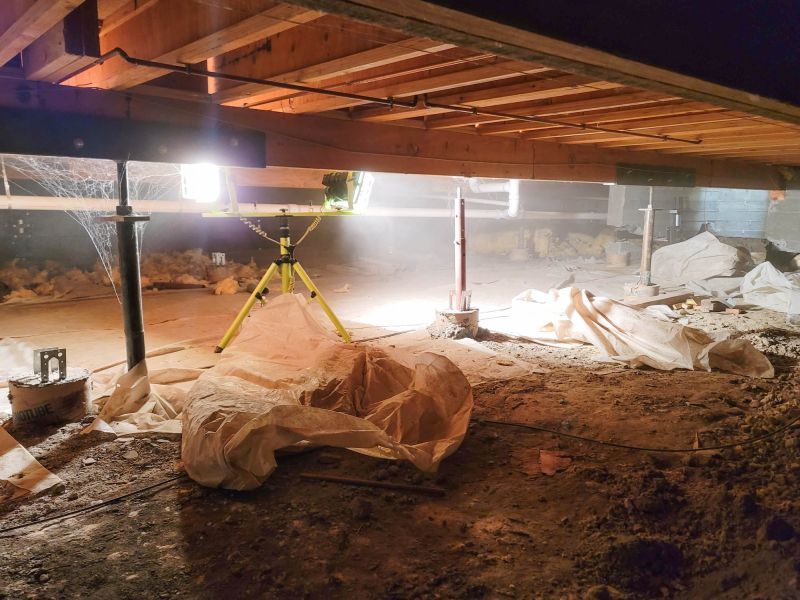
Ways to make Foundation Inspections work in tight or awkward layouts.
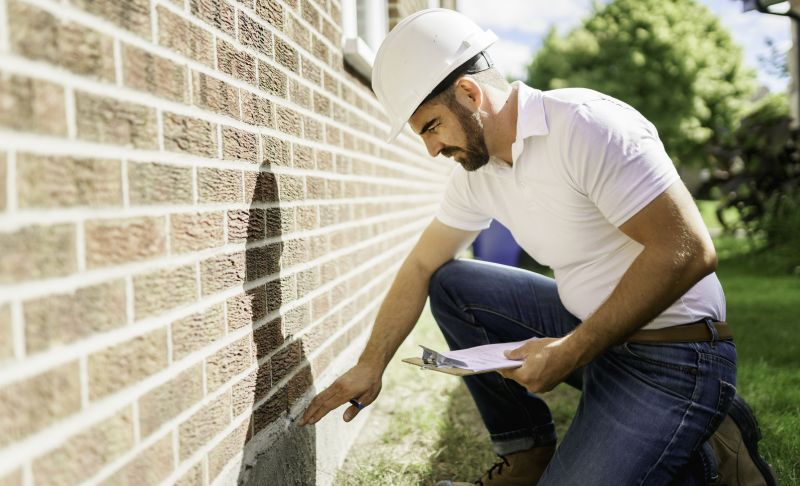
Popular materials for Foundation Inspections and why they hold up over time.
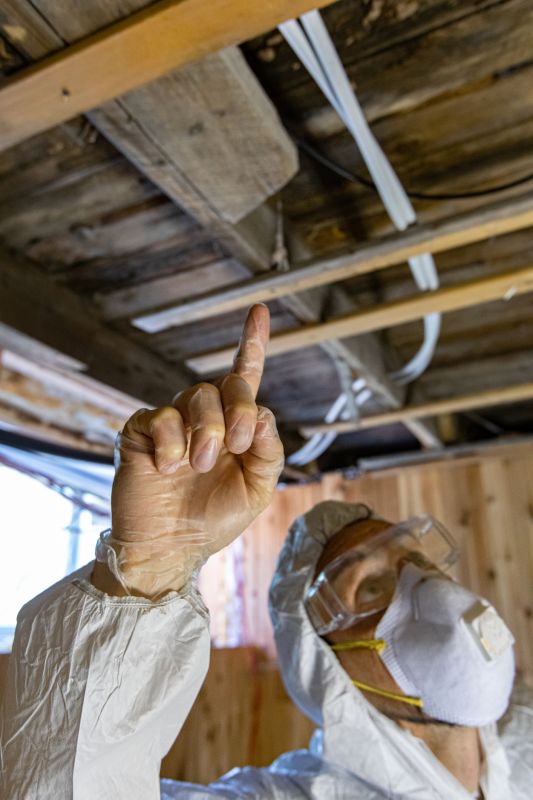
Simple add-ons that improve Foundation Inspections without blowing the budget.
| Season/Timing | Ideal for Foundation Inspections |
|---|---|
| Post-Construction | Yes |
| Spring | Yes |
| Fall | Yes |
| Before/After Heavy Rain | Yes |
| During Drought Conditions | Yes |
| Pre-Sale | Yes |
| During Extreme Weather Events | Yes |
Foundation inspections play a vital role in early detection of issues that can compromise the structural integrity of a building. Soil conditions, weather, and construction phases all influence when inspections should be prioritized. Regular assessments, especially during periods of soil expansion or contraction, can prevent costly repairs and ensure long-term stability.
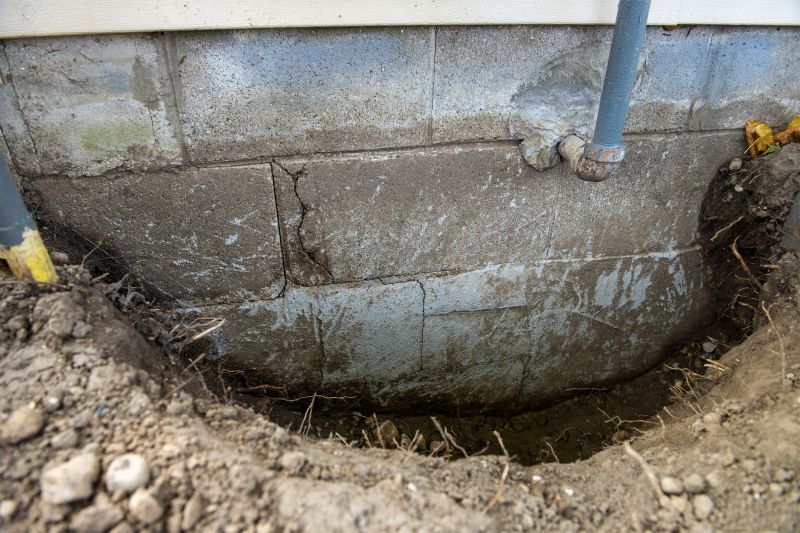
Visible signs of damage requiring immediate attention.
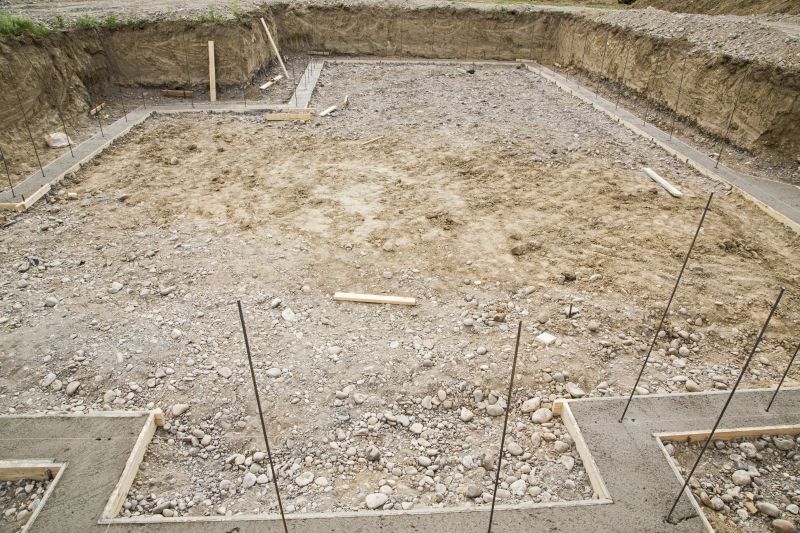
Monitoring soil movement around the foundation.
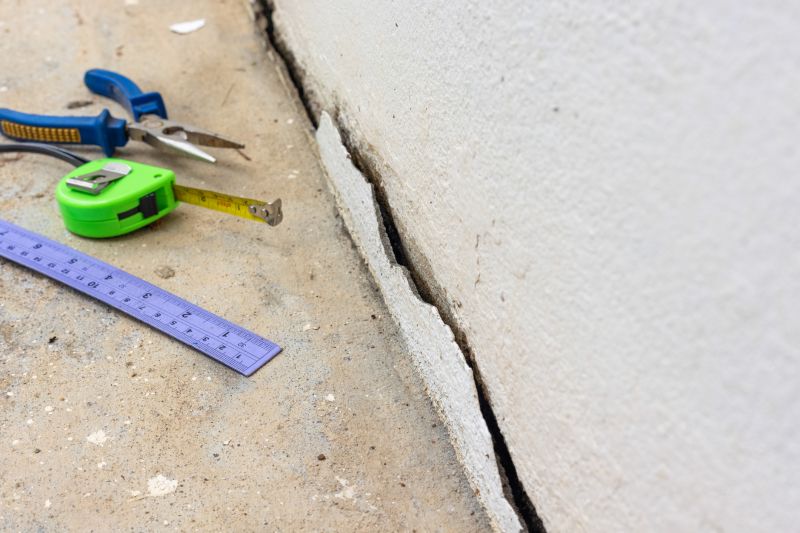
Tracking crack progression over time.
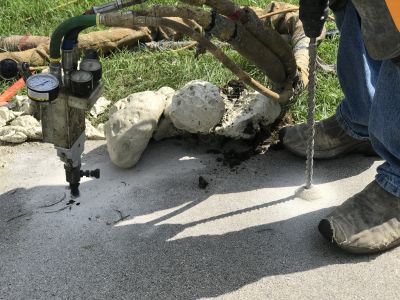
Tools used for detailed foundation assessments.

High-end options that actually feel worth it for Foundation Inspections.

Finishes and colors that play nicely with Foundation Inspections.

Little measurements that prevent headaches on Foundation Inspections day.
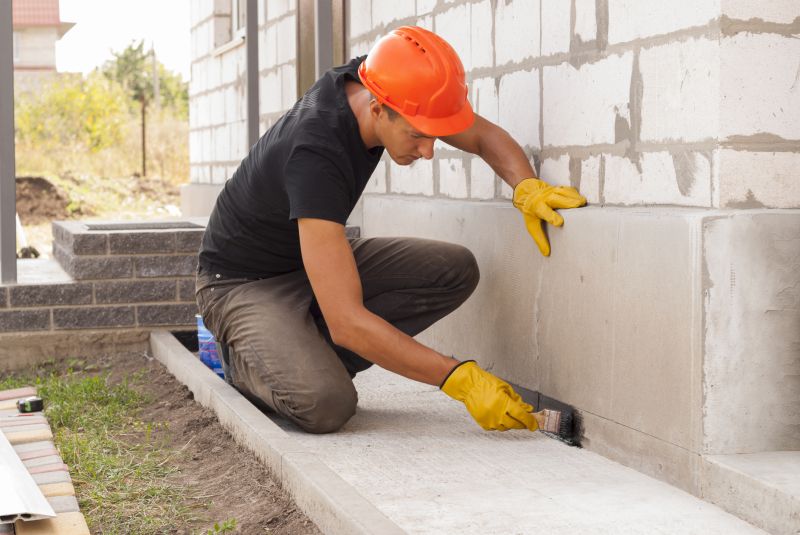
A 60-second routine that keeps Foundation Inspections looking new.
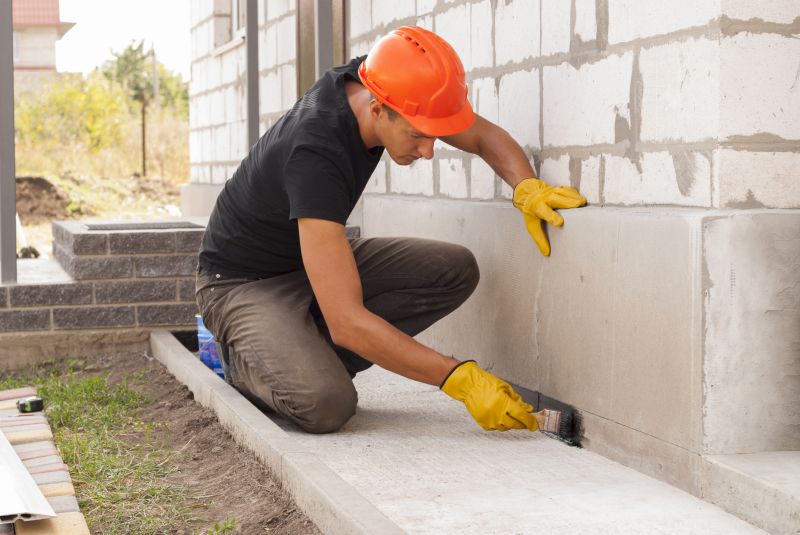
A frequent mistake in Foundation Inspections and how to dodge it.

Small tweaks to make Foundation Inspections safer and easier to use.

Lower-waste or water-saving choices for Foundation Inspections.
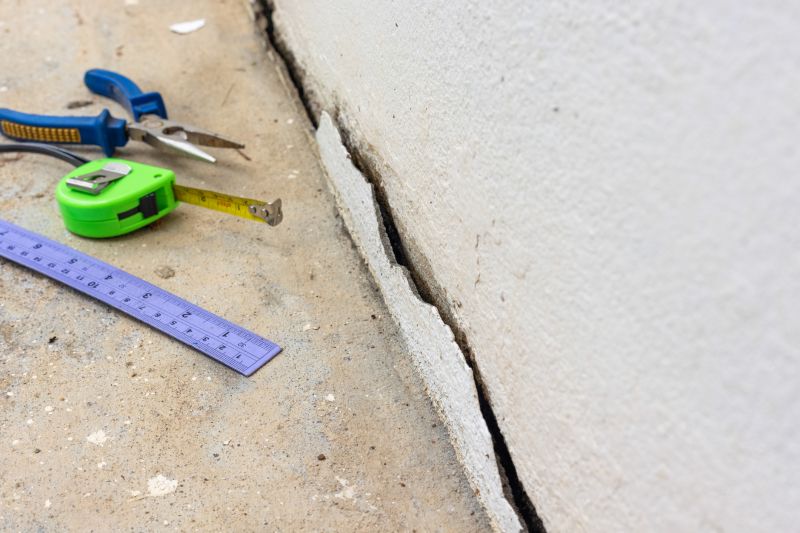
The short, realistic tool list for quality Foundation Inspections.
Understanding the optimal timing for foundation inspections can significantly reduce the risk of structural issues. Regular assessments aligned with seasonal and environmental factors help maintain the safety and value of a property. For those interested in scheduling an inspection, filling out the contact form provides a straightforward way to initiate the process.
